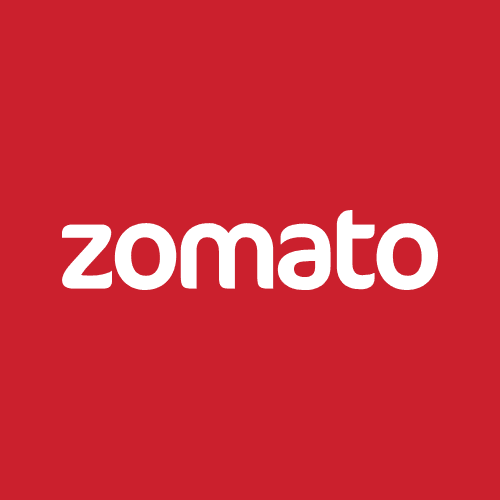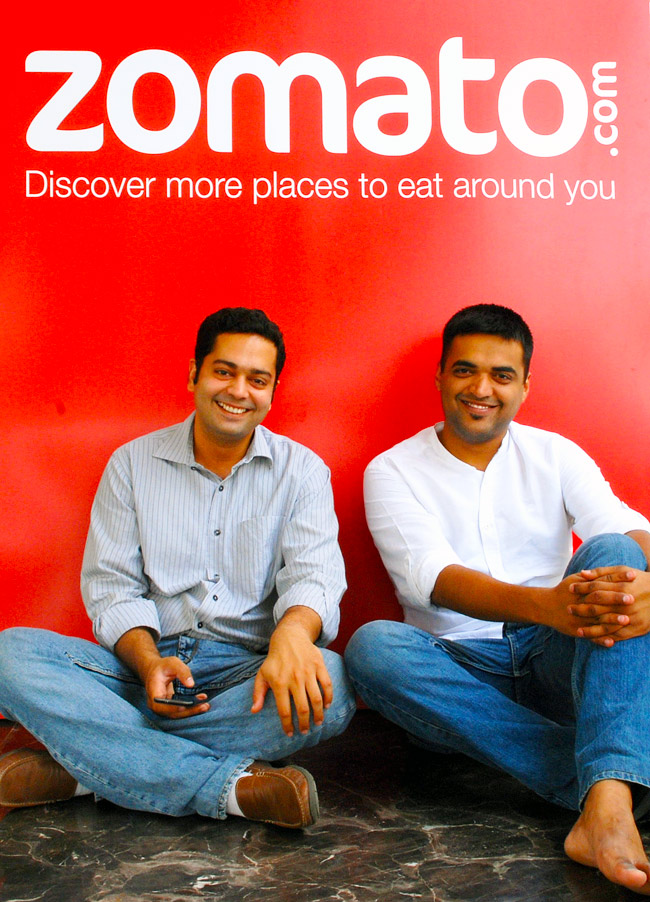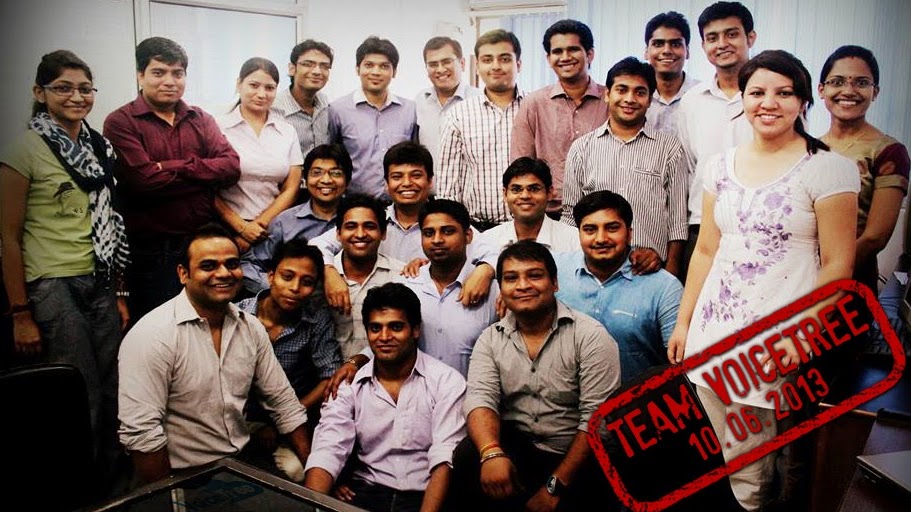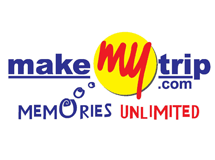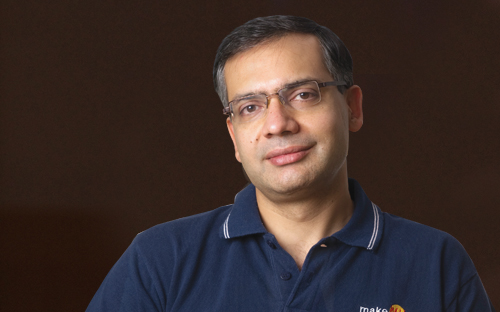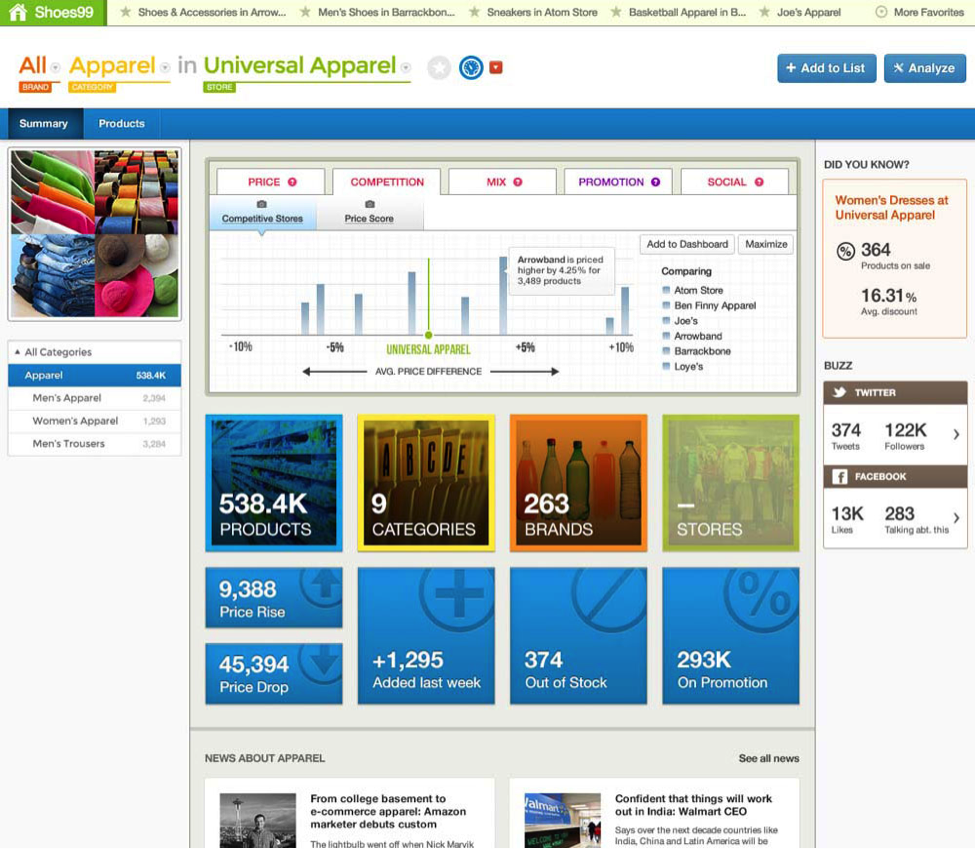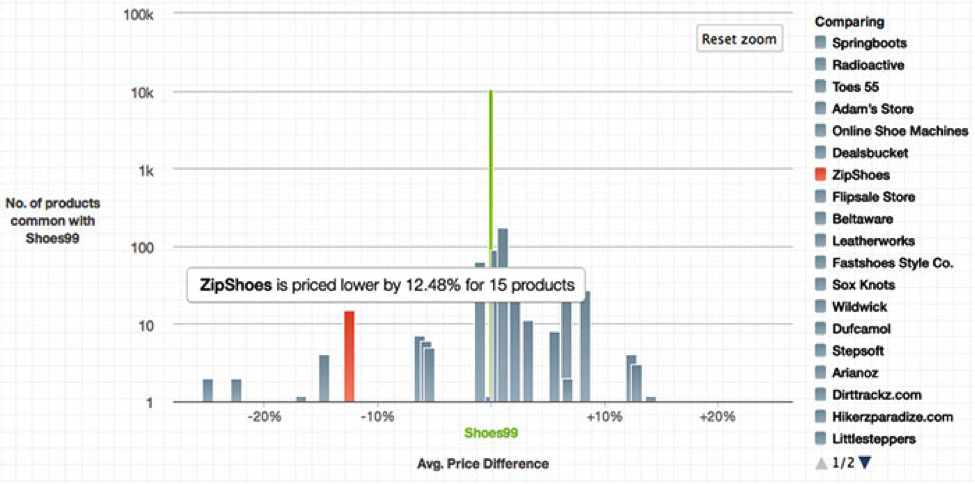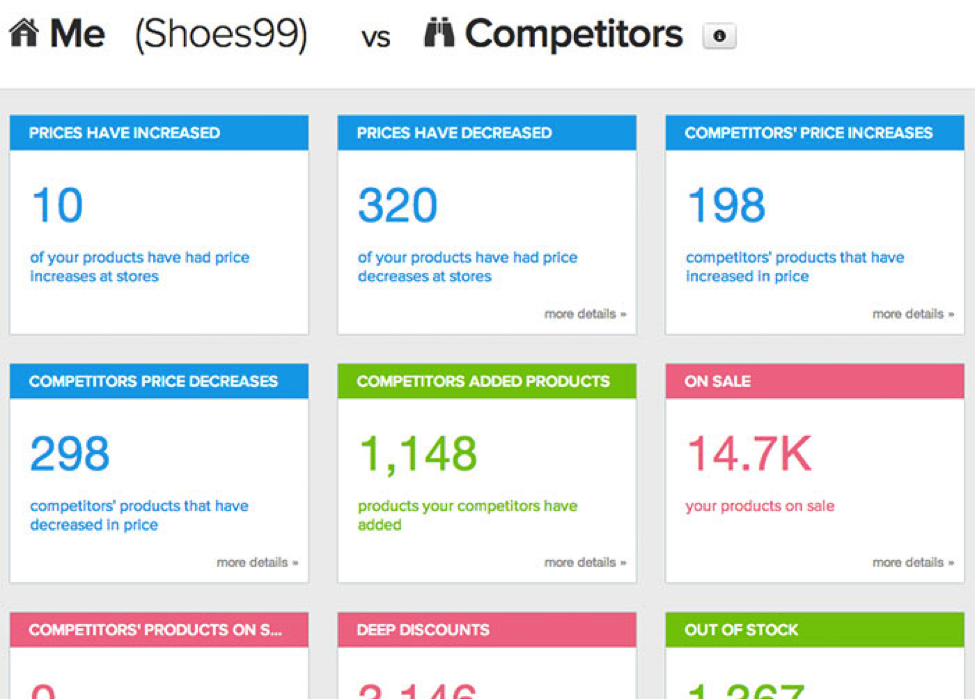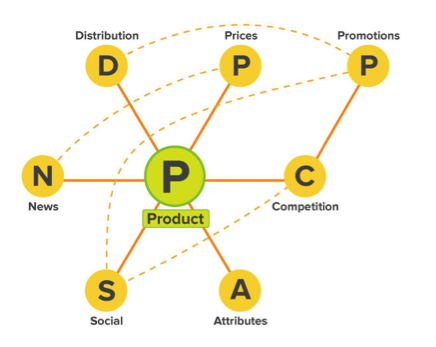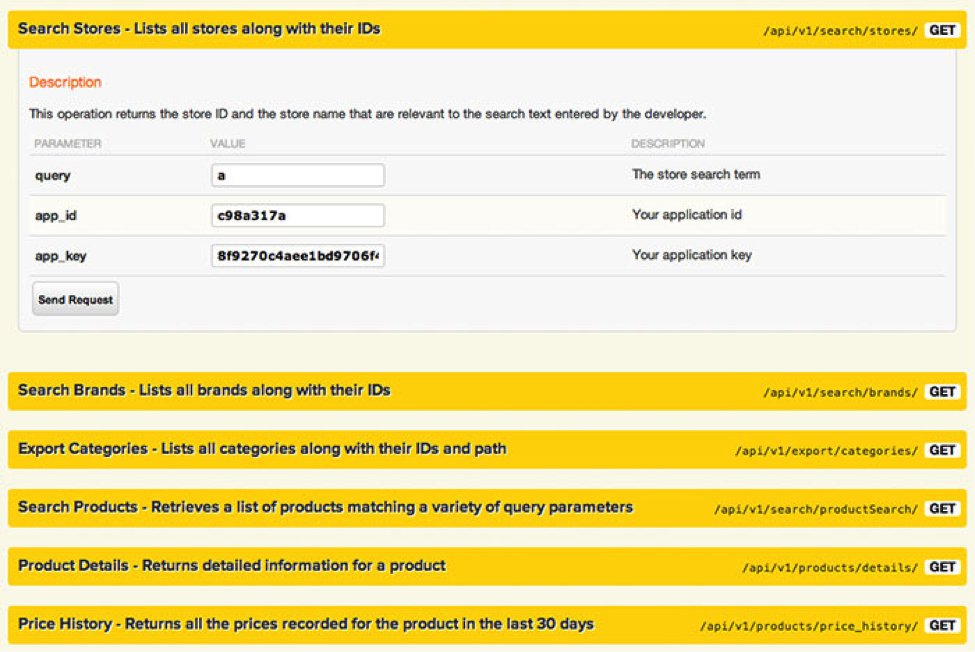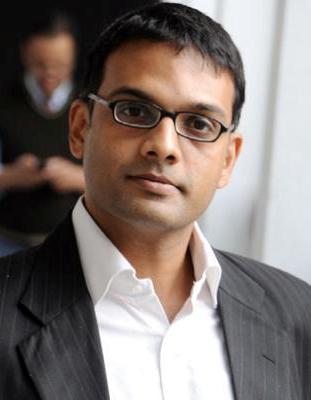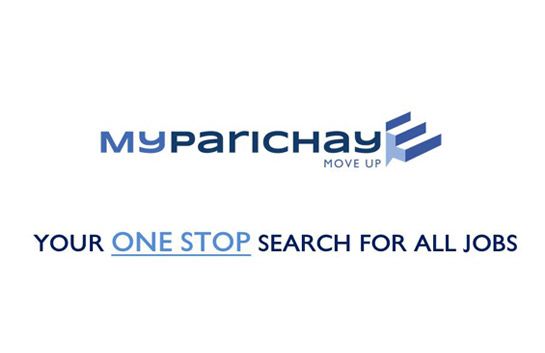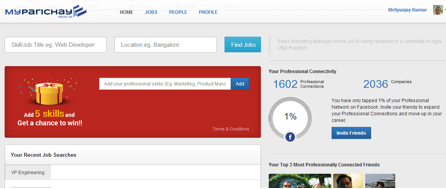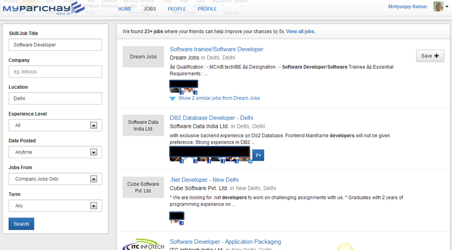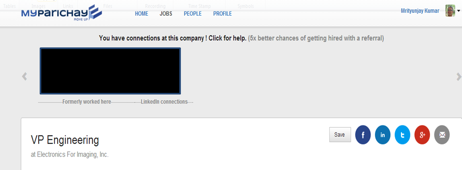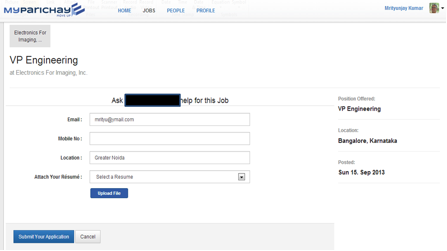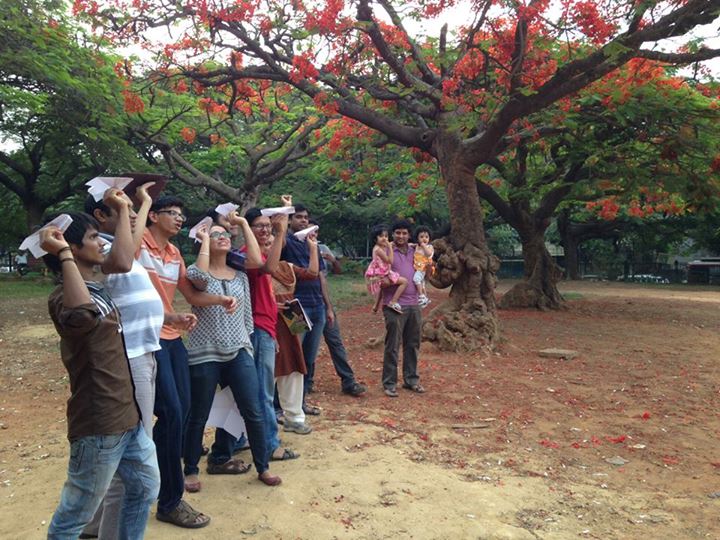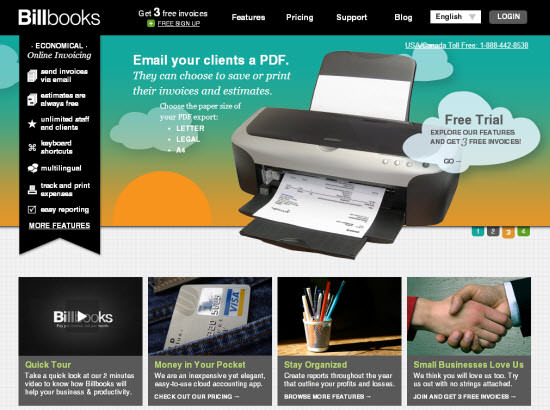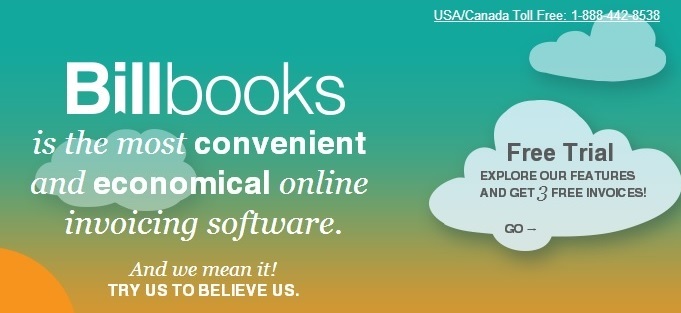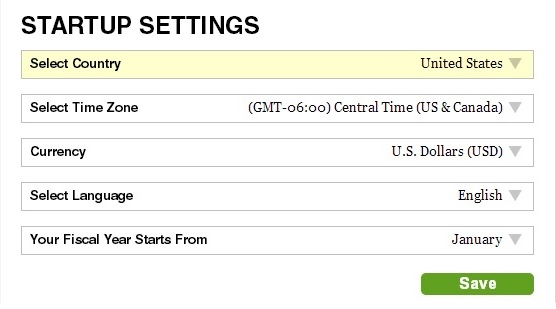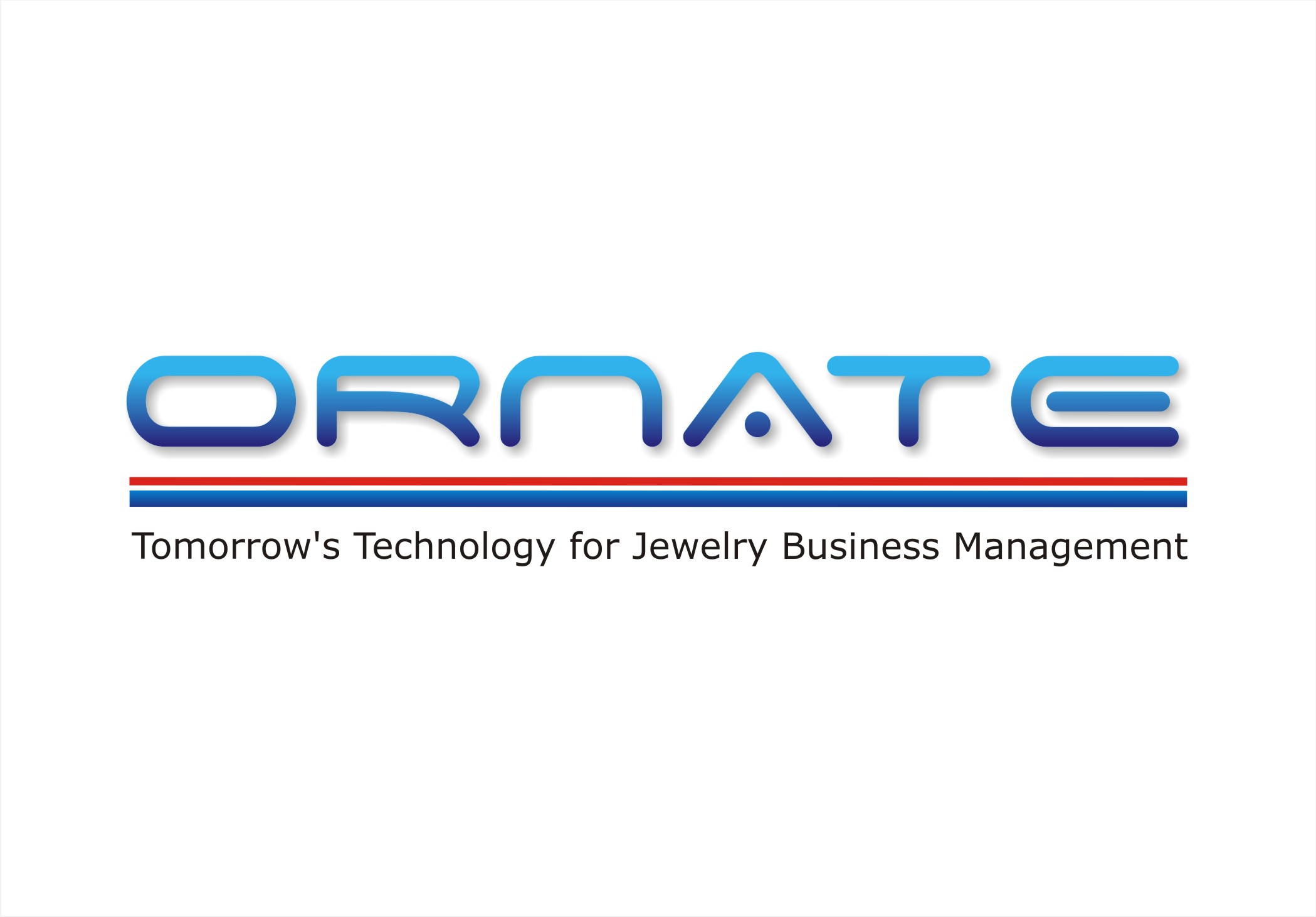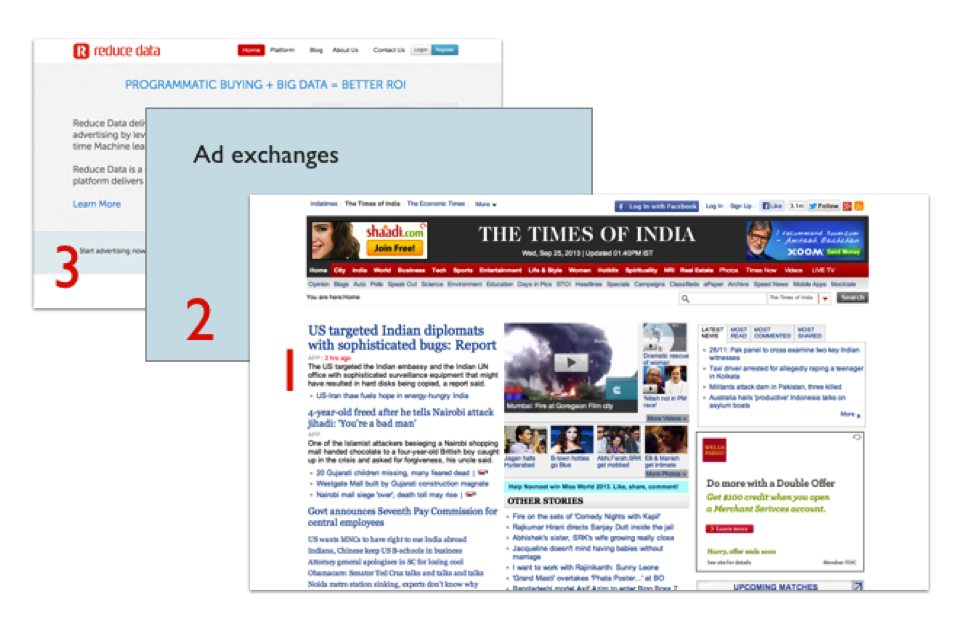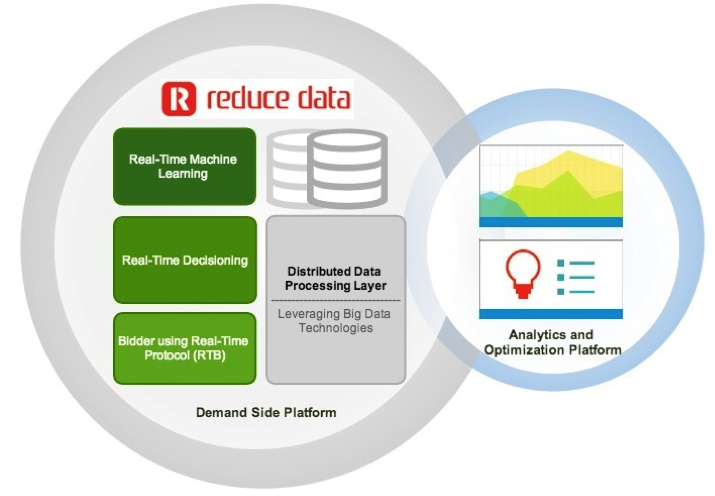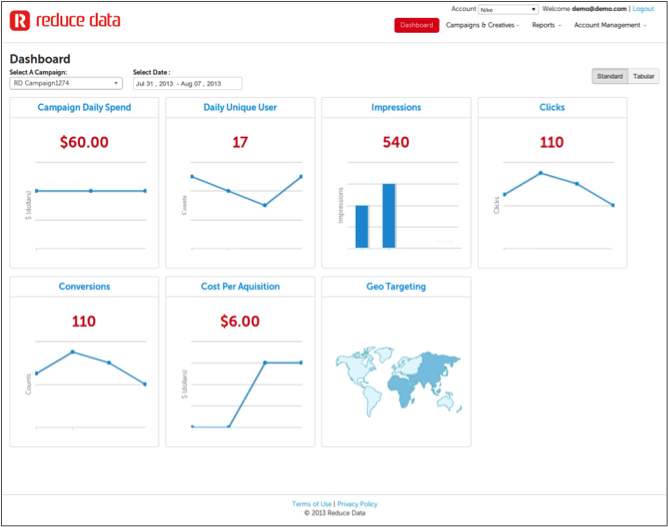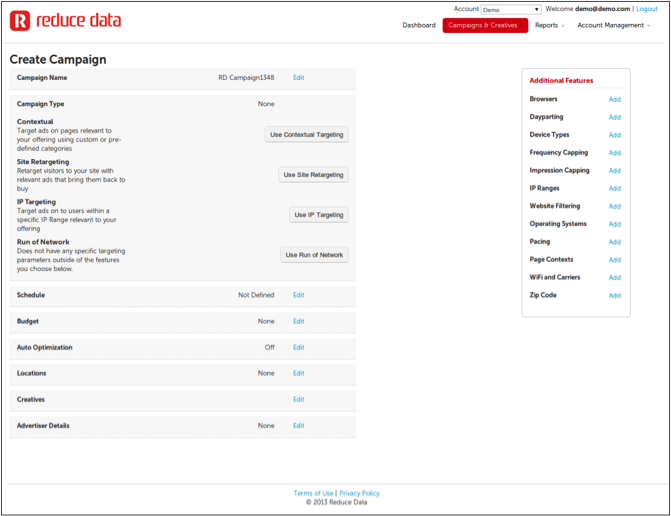ProductNation interviewed Kumar Vembu, Founder and CEO of GoFrugal Technologies. In a candid conversation, Kumar shares his experiences of dealing with Indian retail market and shares key mantras for succeeding in the Indian market. Read on…
Could you explain the rationale behind venturing into the Indian retail space through GoFrugal?
I started GoFrugal during the late 2004, inspired by the thought of solving problems local to India. At that time, my brothers and I were doing well with our other entrepreneurial venture – Zoho. We were primarily focusing on selling to US and European markets. However, an interview that I watched on NDTV with Bill Gates and Narayana Murthy, seeded my initial thoughts to focus on solving India-centric problems, specifically in the area of retail sector.
I distinctly remember Bill Gates lamenting about entrepreneurs not focusing on solving locally relevant problems. Having studied and worked at IIT Madras under Prof. Ashok Jhunjunwala and Prof. Bhaskar Ramamurthy, I thought that I had the right skills and expertise to delve into one of the most promising areas in the Indian market. This was my inspiration behind starting GoFrugal Technologies.
Interesting! What were the initial challenges you faced as you were setting up GoFrugal? What did you learn from them?
In the initial days of GoFrugal, I was quick to realize that I had not done adequate research in understanding the market dynamics. I probably got carried away by the size of the oppurtunity at initial iterations. I was of the opinion that if there was a good product that I could provide to retail customers, they would buy it. However, I soon discovered that many retailers had very little time or interest to evaluate my offerings, and even for those who had the time, they were unable to judge the value of the offering. I realized that most retailers made their buying decisions based on prior relationships or through references. Hence, I had to make drastic changes in plans to take into account these market realities.
I learnt that retail practices in India are different for every 100 kilometers, primarily because there are different clusters/communities that conduct businesses in very different ways, especially in terms of procuring and running their retail outlets. I also discovered that retailers were not open to adapt industry-wide best practices. They were more comfortable to consider automating their existing processes, even when we told them about better ways to manage those activities. All these early experiences led me to quickly reconfigure the entire process and goals at GoFrugal.
These are very vital insights. What factors do you think gave rise to this kind of buying/evaluating behavior in the Indian retailer? What are your ideas to improve the environment?
I can think of few key reasons that, in my view, caused such changes in thought process in the Indian ecosystem. Firstly, most of the retail entrepreneurs were self made, were forced into this business due to external factors and possibly did not have any formal training. Hence, they had their own view of how to run their operations. Most retailers did not see, that focusing on best practices could be a competitive advantage. Usually, you would find them thinking for short term.
Secondly, for those people who understood the relevance of differentiation, I found that they did not trust the software solution vendors. This is because many vendors could not profitably serve the demands of the customer due to lack of ecosystem and encouragement from the Indian market. Also, vendor refusal to address customization requests from customers, left the latter in a fix.
To tackle these two key issues, I think that market awareness and education is required. The high entry-barrier for software vendors approaching customers should effectively be lowered by creating bridges of trust and relationship. Apart from this, we also need to make the retailers understand the need to upgrade, in order to effectively tackle the onslaught of globalization.
Could you explain what specific interventions you did to enable GoFrugal to emerge as one of the leaders in this space, overcoming the challenges that you outlined earlier?
At GoFrugal, when we started, I was planning for a hyper growth strategy – driven by large-scale customer acquisition plans. However, when we understood the intricacies of market, we pivoted and expanded at a much slower pace than what was initially planned, but with more and more happier and repeat customers. Our current focus is to provide continuous improvements to our offerings on an iterative basis to ensure customer delight and retention. We also have standardized all of our internal processes across product licensing, support, development practices etc. This has helped us move forward and absorb such marketplace changes as in technology and customer expectations.
There was also a particular focus to make all functional teams agile, to be able to take inputs and change processes very swiftly to meet the external changes. This also meant that most of the existing team had to be trained in these new processes. I hired a lot of new talent who helped in leading this transformation internally.
Apart from these internal alignments, I also saw that the external environment was in favor of companies such as ours. I now see signs that the market is looking for more credible vendors, and that customers are warming up to the concept that the best products would win and are worthy of use. With more clarity on regulations from the Government, many opportunities will open up for vendors such as ours. Overall, due to the actions we have taken over the past decade, and the emerging external environment, we seem to be in a very good position to leverage the upside and do well.
Thank you for these insights. As a parting question, what message would you like to provide to tech entrepreneurs who focus on India as a market?
I can recollect a few aspects that every entrepreneur should not forget as s/he builds their enterprise. The most pivotal input is never to be complacent on any aspect of your business. Complacency is your worst enemy. What you have now will never be good enough for tomorrow – and hence always think of ways in which improvements could be made to your business. Next one is to focus on hiring quality people, especially if you are in the retailers’ growth/scaling out stage. This is absolutely crucial for the success of your company.
Lastly, on the market side, realize that adoption of IT based solution is very slow in the Indian market. Be prepared for a long haul. Do not have excess fat in any functional area of your enterprise. Always remember that earning a rupee is more difficult than earning a dollar!


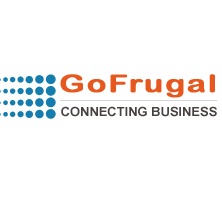



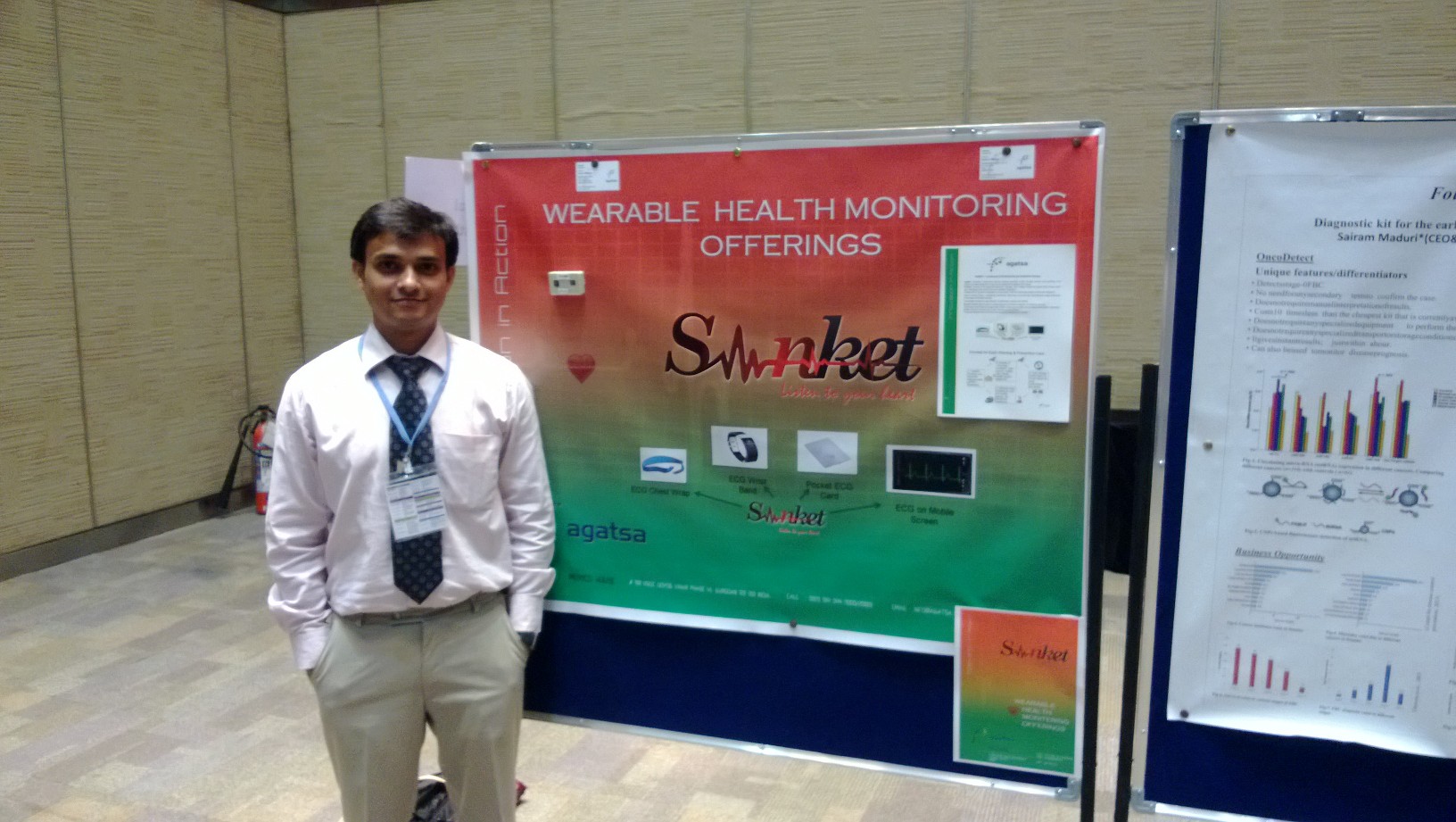
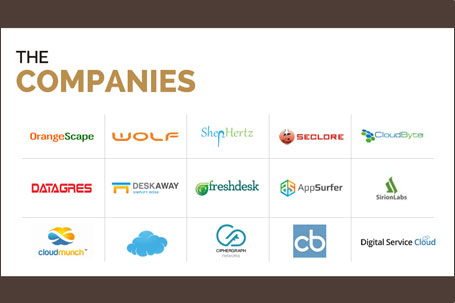
 Today, both the computer hardware business as well as the voice-based BPO business is in peril. Computer sales have flattened while smartphones and tablets are experiencing scorching growth rates in excess of 150% in Asia. Meanwhile, the BPO business continues to face the twin challenge of rising costs in India and new, competitive destinations like the Philippines who continue to place more downward pressure on prices for voice services.
Today, both the computer hardware business as well as the voice-based BPO business is in peril. Computer sales have flattened while smartphones and tablets are experiencing scorching growth rates in excess of 150% in Asia. Meanwhile, the BPO business continues to face the twin challenge of rising costs in India and new, competitive destinations like the Philippines who continue to place more downward pressure on prices for voice services. Till now, though, being able to do all of this meant heavy in-house customization and up-front capex spends. The ‘pay as you’ go and ‘rent versus buy’ approach of SaaS has upended that reliance on customization, making even the most complex operations available on the net and easily integrated with other tools and apps for a fraction of the price. A company can now also try as many tools as possible rather than be handcuffed to a single one.
Till now, though, being able to do all of this meant heavy in-house customization and up-front capex spends. The ‘pay as you’ go and ‘rent versus buy’ approach of SaaS has upended that reliance on customization, making even the most complex operations available on the net and easily integrated with other tools and apps for a fraction of the price. A company can now also try as many tools as possible rather than be handcuffed to a single one.